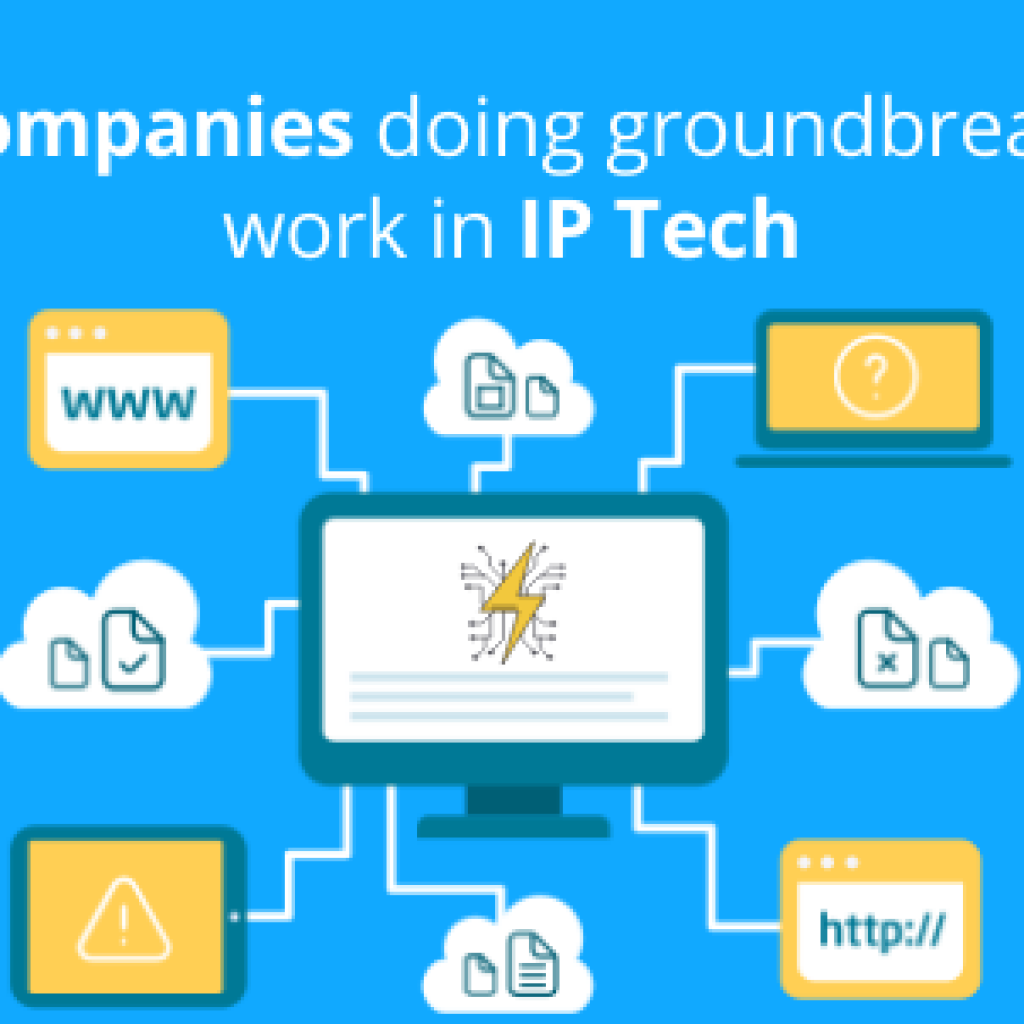Do you know how smart devices work? They do many things even before you instruct them to do so. For example, Google Assistant can set a reminder automatically after reading your email about an upcoming meeting. Cool, isn’t it?
Smart prosecution stresses on a similar thought where you exceed your client’s expectations. To be precise, it professes you to consult your client how to file more patents before he asks you for the same. It is like satisfying his needs even before he makes you aware of them.
You may be a lawyer, an in-house IP counsel or an entrepreneur. You may have faced this situation where you asked an inventor, in how many ways can I use the invention or where could it be applied, just to get the answer ‘Anywhere’. Read on to get an idea of how smart prosecution can help in such scenarios.
Prosecution vs. Smart Prosecution
The difference in the traditional way of prosecution and smart prosecution is the same as the difference between just completing a task and completing a task exceptionally well. Without efforts, you get differentiated from others performing the same task.
Many people/companies fall in a paradox that completing a task in a set way will take them to the top. However, bringing something exceptional is what makes you shine out of the crowd and takes you to the top. The same applies to counsels too. The number of patents filed can be a KPI in a majority of companies and thus arises the question – What to file next?
You might be thinking that you already use continuations to increase patent filing. But, what to do when you don’t have any idea about the continuations that can be filed or how to actually file strong and meaningful continuations?
Here are some ways that may help you answer the question – how to file more patents – for your client.
Identify how the Inventive concept has been drawn into sub-ideas
We all know that if multiple brains work on a concept, many new ways can be derived to implement the concept. On the same grounds, the numerous patents getting filed in different domains can give an idea about the new areas where the invention may be applicable.
This is like using concentrated knowledge of various inventors and patent drafters to get an idea regarding the applicability of the invention. Particularly, various embodiments mentioned in patents can become the source of such information.

For example, let’s have a look at U.S. Pat. No. 6,549,130. Though the central idea of the patent is ‘communication between three entities over the internet’, there are several sub ideas like fault monitoring in equipment, remote maintenance, telereality, et cetera discussed in the embodiments which indicate the expansion of the original concept into these areas.
You can extract these embodiments, even if not shared by the inventor, through a search. The interesting part is how these embodiments multiply the commercial value of the patent at a later stage, or better to say at the right time.
Check the non-conventional companies that are filing in the invention domain.
Gathering information about the non-conventional companies (companies that do not have their core business in the area of the invention, but showed some recent activity in that area) can give a hint about the expansion of the invention towards their core areas of operation. It is a practice by many companies that when they file patents in non-conventional areas of operation; they actually researched in that area keeping in mind to integrate the invention concept in their conventional area of operation.

For example, if there is an invention in the domain of range-detecting sensors. The patent analysis will reflect companies like Google, Mercedes, and BMW working in the direction of autonomous cars that employ such sensors.
Now, such non-conventional companies provide a hint about the expansion of technology along with their existing domain of operation, i.e., the automobile industry in the case of Mercedes and BMW and maps in the case of Google. One may get hints about using sensors and maps together to indicate real-time traffic or enhance range detectors’ use.
Identify Merger of the domain of invention with other technology domains
If you look at the holistic view of the technology domain, you will learn about the connection between inventions and other technology domains. Further, if you’re a step ahead and observe the expansion of other related domains,, it will hint about upcoming areas of application for your invention.

For example, if the invention domain is related to GPS technology, one may consider GPS devices, maps in mobile phone and car navigation systems as common application areas for the invention. Let’s see the technology relation up to multiple levels.
Mobile phones will be connected to domains like the internet and the internet will be further connected to online advertisements. Now if someone would have checked the technology relationship a decade ago, he would have easily got a hint about location-based advertisements which is common these days.
You may like to repeat the above steps at different time intervals to notice penetration of the technology in other areas, check expansion possibilities for your invention, and capture the unseen possibilities of filing continuation applications.
If you ask how these ideas can be derived, they do not require a separate analysis. If you have the right team, who works on existing patentability searches or prior art searches, they can provide you with all this information without spending any extra time. In case you don’t, feel free to contact GreyB.
Authored By – Shikhar Sahni, AVP, Operations.










